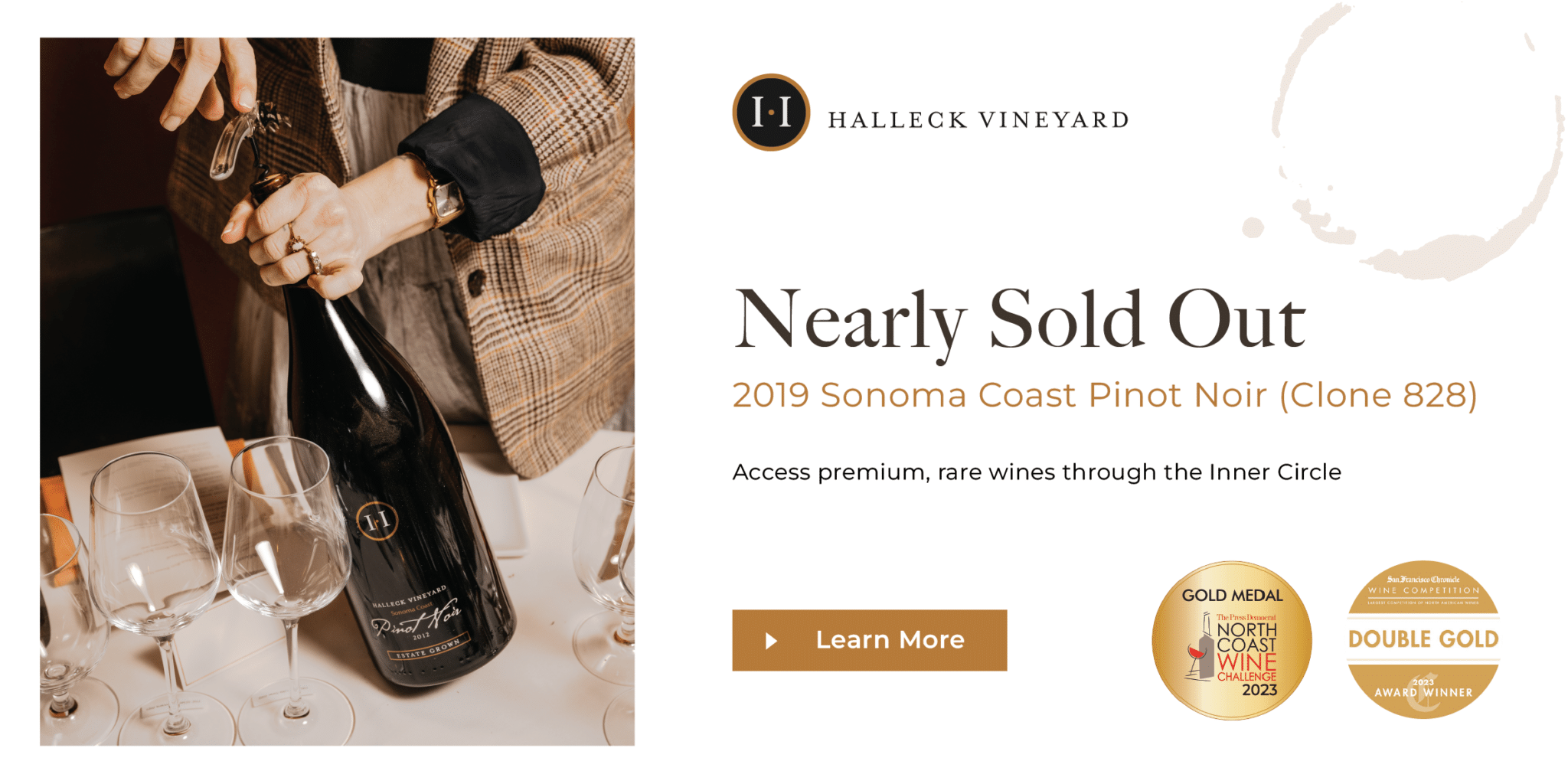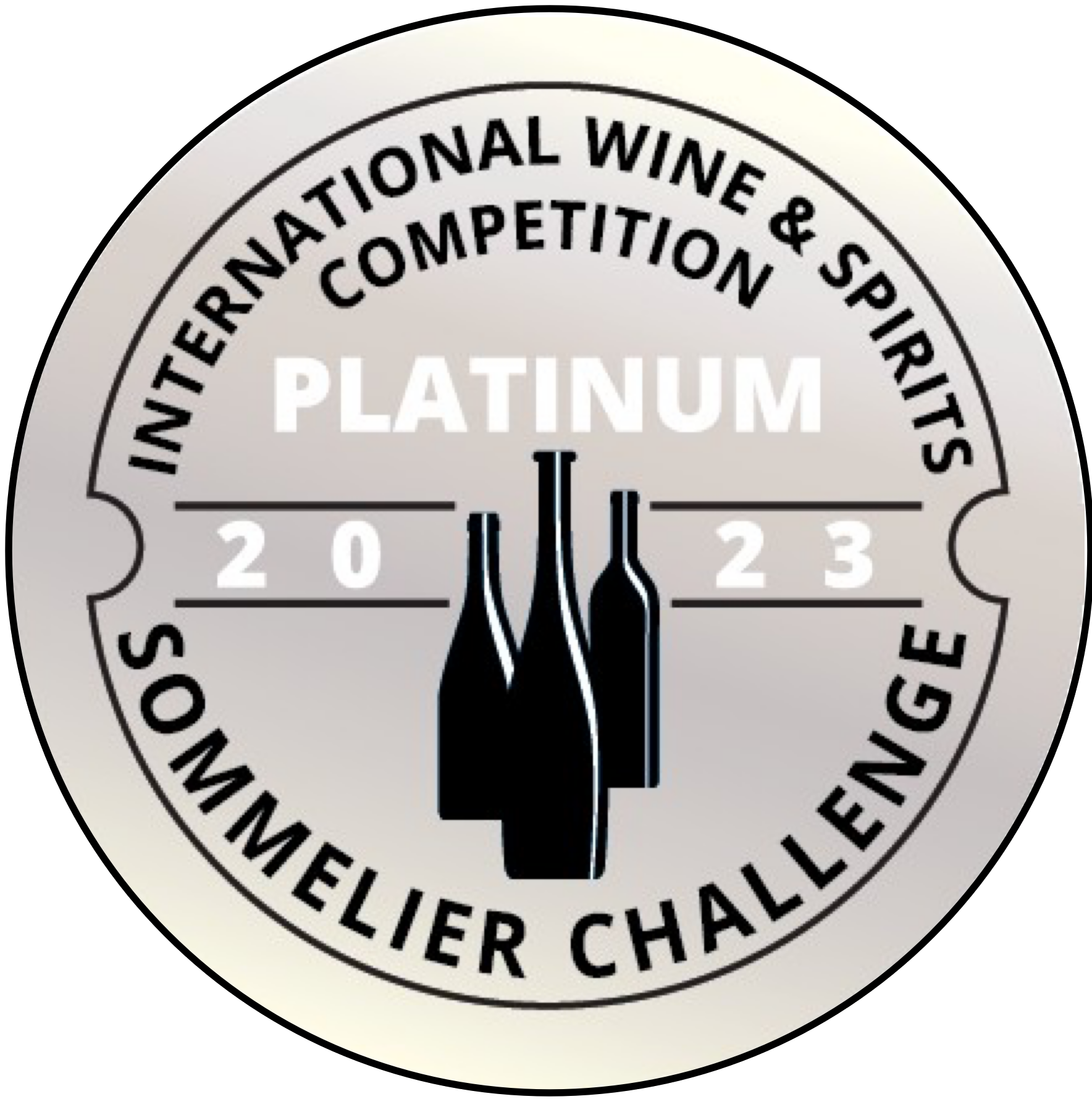Charming Wineries With Views In Sonoma Valley - A Winery In The Sonoma Valley To Discover
Charming Wineries With Views In Sonoma Valley - A Winery In The Sonoma Valley To Discover
Blog Article
Local Favorite Wineries In Sonoma - Top Sonoma Wine Tasting Destinations
Wine tasting is an art that mixes sensory experience with an appreciation for the nuances of various varietals. How to judge flavors in winery wine tasting sessions is pivotal to greedy the complexities of wine.
Partaking in a wine tasting includes greater than simply sipping and savoring. It requires a targeted approach to identify aromas and flavors that each wine presents. As you begin, observe the wine's look, noting its color and clarity. These visual cues often suggest a wine’s age, grape selection, and even potential flavor profiles.
The subsequent step within the tasting process is to swirl the wine in your glass. This motion releases aromatic compounds which may be vital for analysis. Lean in and take a moment to inhale deeply; the aromas can vary from floral and fruity to spicy and earthy. The nose of the wine is simply as necessary as the palate, and recognizing scents performs a big function in understanding the overall experience.
When taking your first sip, allow the wine to maneuver across your palate - Vineyard Picnic Spots In Sonoma Valley. Discover the initial flavors that current themselves. Is the wine fruity, floral, or maybe herbaceous? This preliminary taste provides insight into what the wine is prone to express as you continue to evaluate it. The mouthfeel also contributes to the general flavor experience; it might be silky, tannic, and even effervescent.
Family-Friendly Wineries Near Sebastopol - The Beauty Of Sebastopol Wineries
As you continue tasting, take note of the wine’s balance. A well-balanced wine will harmonize acidity, sweetness, and tannins. If one component overwhelms the others, it'd point out a much less fascinating quality. Evaluating balance can help you determine how properly the wine might pair with food.
Transitioning to the finish, contemplate how the flavors evolve because the wine lingers in your palate. A long, pleasant end can indicate a high-quality wine, while a short or abrupt finish would possibly recommend in any other case. Mirror on whether or not the flavors stay consistent or if new notes emerge because the wine settles. This development can reveal complexities and intricacies that may not have been obvious within the preliminary tasting.
Temperature is also an important consider evaluating wine flavors. Different types of wine are optimally loved at particular temperatures. White wines typically shine when chilled, whereas purple wines generally carry out greatest at room temperature. When tasting, ensure the wine is at the applicable temperature to totally recognize its character.
Eco-Friendly Wineries In Sonoma County - Greatest Wine Tasting Locations In Sonoma
Pairing food with wine can greatly enhance the tasting experience. Meals can affect the perception of flavors in wine, either highlighting certain traits or diminishing them. When evaluating flavors, think about how the wine interacts with totally different foods, noticing which flavors are amplified or muted (Charming Wineries Offering Wine And Food Pairings).

Consider the affect of terroir as you interact in a winery tasting. Terroir encompasses the distinctive environmental components that affect grape growing, including soil composition, local weather, and geography. Understanding a wine's terroir can present insight into its flavors and aromas, fostering a deeper appreciation for the choices made throughout its cultivation and manufacturing.
Training plays a fundamental function in enhancing one's capacity to gauge wine flavors. Studying about grape varieties, wine regions, and manufacturing strategies can pave the way for extra knowledgeable judgments during tastings. Additionally, attending workshops or classes can refine website link sensory skills and expand your flavor vocabulary, enabling you to articulate tasting notes extra effectively.
Finally, it's essential to remember that evaluating wine flavors is a extremely personal experience. Particular Person preferences and perceptions will invariably shape one’s tasting journey. Enjoyment should be on the forefront, with the analysis process performing as a tool to reinforce understanding and appreciation rather than create rigid guidelines.
Best Chardonnays From Sonoma Winemakers - Sonoma County's Best Wine Experiences
In conclusion, mastering tips on how to evaluate flavors in winery wine tasting classes entails a combination of sensory engagement, information, and practice. By learning to determine aromas, assess the balance, and recognize the intricacies of flavor, wine enthusiasts can deepen their connection to each bottle they encounter. As with any art kind, the more one immerses themselves within the experience, the extra they may discover and benefit from the huge world of wine.
- Start by observing the wine's shade and readability, as these visible elements can hint at its flavor profile and getting older potential.
- Swirl the wine gently in your glass; this releases fragrant compounds, permitting you to higher establish the advanced scents related to the wine.
- Take a deep inhale earlier than tasting, specializing in each primary and secondary aromas to gather insights on fruits, spices, and other nuances.
- When tasting, enable the wine to coat your palate; note the initial flavors, the mid-palate complexity, and the end as these stages can provide totally different flavor highlights.
- Pay consideration to texture and mouthfeel, as elements corresponding to tannin ranges, acidity, and sweetness contribute considerably to the overall tasting experience.
- Examine flavors towards normal wine traits; for purple wines, consider berry notes, oak influence, and herbal tones, while whites could embrace citrus, stone fruits, and floral hints.
- Take notes in the course of the tasting session to trace your impressions, serving to you to recollect and evaluate the different wines sampled.
- Discuss your findings with fellow tasters or winery staff, as sharing insights can improve understanding and appreciation of particular person flavors.
- Permit time for the wine to breathe; sometimes, flavors evolve and reveal new dimensions after being exposed to air.
- Experiment with food pairings in the course of the tasting as they'll dramatically alter how flavors are perceived, influencing general enjoyment.undefinedWhat should I search for when evaluating the aroma of wine throughout a tasting?
Begin by swirling the wine in your glass to release its aromas. Deliver the glass to your nostril and take a deep breath. Pay attention to the first scents you detect, as these are sometimes probably the most prominent. Look for fruit, floral, herbal, or earthy notes and attempt to determine specific traits, which will deepen your understanding of the wine's complexity.
Good Wineries For Large Groups In Sonoma Valley - Greatest Wine Tasting Locations In Sonoma
How can I distinguish between completely different flavor profiles in wine?
Understand that flavor profiles are often categorized as fruit, floral, herbaceous, spicy, or mineral. Take small sips and permit the wine to coat your palate. Notice the primary flavors that emerge first and the refined notes that follow. This layering is crucial in distinguishing the wine's traits and will assist you to appreciate its distinctive profile.
Wineries Near Highway 12 - Vineyard Visits And Wine Tasting In Sonoma
What is the significance of the wine's texture in a tasting?

The texture of the wine, also referred to as mouthfeel, plays a vital position in how we understand flavors. Pay consideration as to if the wine feels easy, creamy, or gritty. The physique of the wine (light, medium, or full) can improve or distinction with flavors, providing a extra rounded experience during tasting.
How do I assess the balance of flavors in wine?
Stability in wine refers back to the harmony between acidity, sweetness, tannin, and alcohol. Take a moment to assess whether these components complement or intervene with each other. A well-balanced wine will have none of its components overpowering the others, creating a nice tasting experience.
Wineries Near Santa Rosa - Wineries For Casual Tastings In Sonoma
What function does temperature play in evaluating wine flavors?
Temperature can significantly impression the notion of flavors. Generally, pink wines are best served barely below room temperature, whereas white wines take pleasure in being chilled. As the temperature adjustments, the aromas and flavors can shift, allowing you to understand different traits. It’s essential to taste wine at its optimum temperature for true evaluation.
Local Favorite Wineries In Sonoma - Discovering Sebastopol's Wineries
How can I enhance my tasting skills over time?
Practice is get more essential to enhancing your tasting skills. Wineries With Unique Wine Blends. Attend tastings, keep a journal of your experiences, and discover different types of wines to broaden your palate. Moreover, learning about wine manufacturing and grape varieties can present context that enhances your evaluation course of, making you a extra informed taster.
Is there a selected order during which I should taste the wines?
Wineries Hosting Seasonal Events - Sonoma Wineries With Vineyard Views
Sure, it’s advisable to taste wines from light to full-bodied and dry to sweet. This development prevents the stronger flavors from overshadowing the more delicate ones, allowing you to totally appreciate each wine's characteristics and nuances with out palate fatigue.
How can I consider the aftertaste of wine?
Wineries Showcasing Local Art And Crafts - Sonoma Area Winery For Tasting
The aftertaste, or end, is a crucial side of the wine-tasting experience. After swallowing, pay consideration to how lengthy the flavors linger in your palate and whether or not they change. A lengthy, nice finish is often an indicator of a high-quality wine, while a short or disagreeable end might recommend otherwise.
Why is it important to note the wine’s acidity throughout tasting?
Acidity contributes to the general freshness and construction of the wine. Pay attention to the tingling sensation on your tongue; larger acidity can improve the wine's liveliness and stability out sweetness. Noting acidity helps determine the wine's versatility with food and its aging potential.
What should I do if I battle to establish specific flavors in wine?
Wine Tasting Experiences With Local Cheese - Sonoma Wine Tastings
Struggling to determine flavors is widespread, especially for newbies. Focus on broader categories and describe what you probably can recognize, similar to sweet or earthy notes. With practice, reading about different flavor profiles, and perhaps using flavor wheels, you'll refine your senses and develop a extra nuanced method to tasting. Report this page